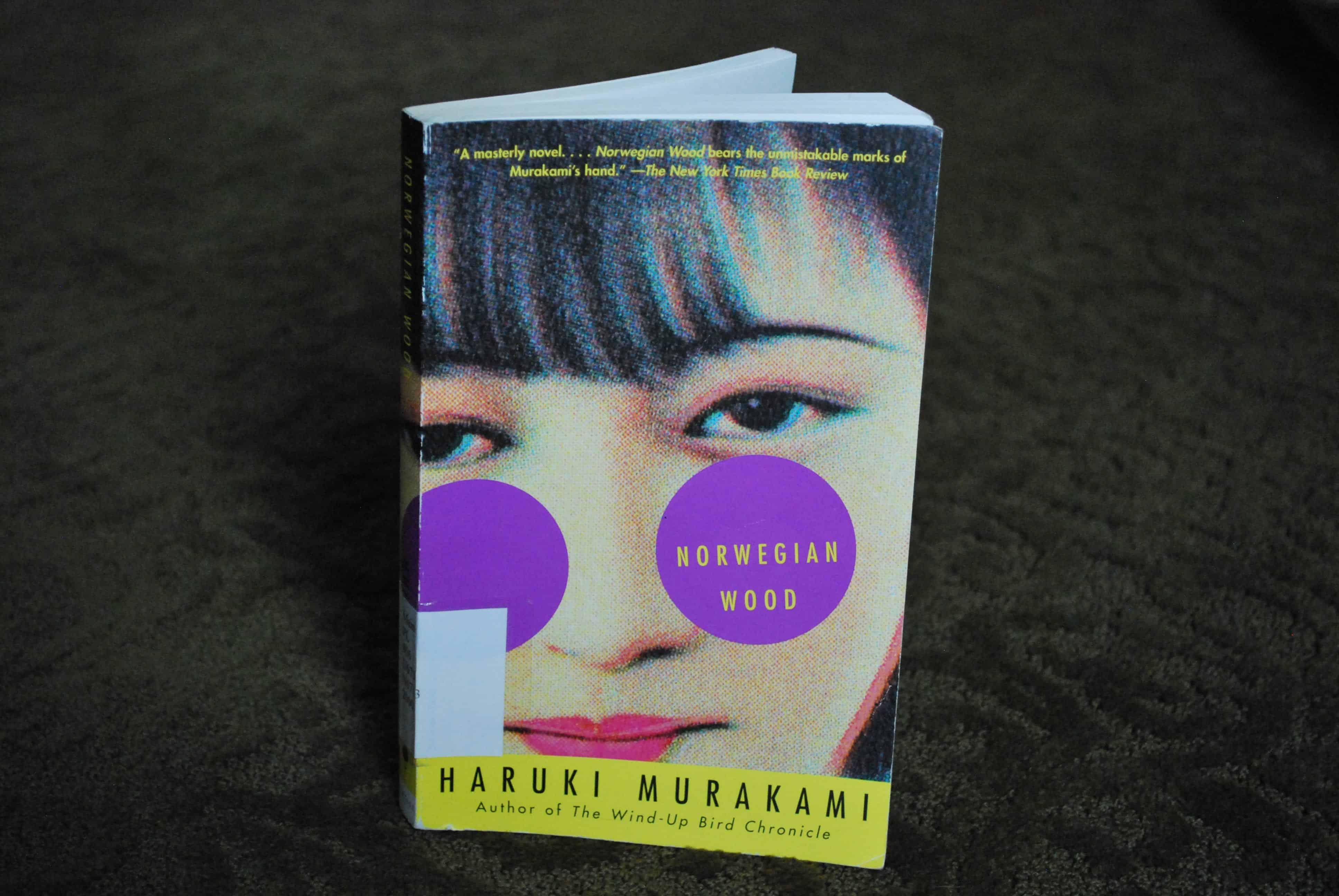Frozen 2 focuses on positive and influential gender empowerment

How a Disney fairy tale challenges the conventional
Growing up, fairy tales were a major part of my childhood. Now that I’m older, and still do enjoy fairy tales, I’ve come to realize that there is one problem evident in older Disney ones: many, if not all, of these films revolve around a similar plot, involving a “weak” female in some type of distress who not only needs a man to save/rescue her, but whose biggest focus seems to be on romantic love and the quest to marry “Prince Charming.”
Although these are enjoyable and entertaining stories full of wonder, excitement, imagination, and discovery, they also unfortunately portray incredibly heightened and unrealistic stereotypical gender roles. As a result, it’s extremely exciting when Disney releases a film such as Frozen 2, which not only includes two strong independent female protagonists, but also shifts the focus towards family and self-love rather than romantic love.
Even though people were impressed by Frozen’s captivating and unique storyline, which offered a creative twist on the classic fairy tale, there has been much more excitement and enthusiasm surrounding its sequel, and for good reason. Frozen 2 powerfully challenges the stereotypical gender roles that are commonly portrayed in fairy tales and in the process, sends a positive message to the younger generation.
Almost three months ago Frozen 2 was released and within this short amount of time, the film has already gained incredibly positive reviews regarding its interesting plot line and realistic animation. However, its emphasis on gender empowerment has gained the most attention, which is unsurprising considering the portrayal of gender within Frozen 2 differs greatly from usual fairy tale conventions.
Although classic fairy tales centre around romantic love that involves the female protagonist being romantically interested in one individual, this situation is not the case in Frozen 2. Queen Elsa (Idina Menzel) is not at all focused on or interested in romantic love. Instead, she is determined to learn about her background and discover who she is and where her powers originate. The end goal of her quest is about self-discovery, not finding “Prince Charming.” Additionally, despite Elsa’s interactions with various male characters during the film, at no point does she consider romance.
For the other female protagonist, Queen Elsa’s sister Anna (Kirsten Bell), romance also does not seem to be a major focus. At numerous times during the film, Anna’s beau, Kristoff (Jonathon Groff), attempts to propose to her. Unfortunately for Kristoff, not only are these moments always interrupted, but Anna also seems oblivious, giving more attention to her sister’s situation, rather than to Kristoff’s efforts.
It is also rather refreshing to see Elsa and Anna portrayed as strong, independent women. Instead of waiting around for a man’s help, as is normally the case in Disney fairy tales, they are fearless, heading straight into the unknown, willing and prepared to fight whatever danger awaits them. As a result, their success is due to their own efforts, with only minor help from male characters.
These scenarios demonstrate a significant deal of female empowerment and contain a very positive message for young girls: that it is okay for women to be strong, independent and uninterested in romantic love. When young girls watch this film, they realize that there is nothing wrong with working for their own success, and that being female in no way limits skills or capabilities. Young girls are also shown that oftentimes there are other things in life that are just as, if not more, important than romantic love. Unfortunately, this message has never, or at least very limitedly, been expressed in a Disney fairy tale until now.
Additionally, Frozen 2 challenges the very rigid depiction of male characters in previous Disney fairy tale films in two explicit ways. Firstly, the male lead is always regarded as the hero who dramatically saves the day, or at least the girl. However, in Frozen 2, this scenario is not the case for Kristoff.
In one scene with an intense battle involving Anna, even though Kristoff comes to help, he doesn’t try to take over. Instead, he offers his support in whatever way is needed by saying, “I’m here, what do you need?” This simple line is incredibly impressive because not only does it break away from the usual fairy tale conventions, but it also shows that men don’t always have to be the hero. Girls are just as capable at saving the day.
Secondly, although Kristoff’s offer of support to Anna is quite revolutionary (especially for a Disney fairy tale), even more impressive is how his emotions are embraced. At one point in the film, Kristoff wonders if Anna and his relationship is meant to be, since it seems as if fate keep negatively intervening. This results in his beautiful but powerful 1980s rock ballad “Into the Woods” with lyrics such as, “When did I become the one who’s always chasing your heart?” “Where am I, if we’re not together . . . forever?” and “Wondering if you’re still the one,” Kristoff expresses love, confusion and a sense of feeling lost and alone.
This new emphasis on a man’s emotion is extremely beneficial. Boys are often taught that “real men don’t talk about their emotions.” Unfortunately, these ideas are reinforced in mainstream media, including previous Disney fairy tale films which gloss over or simply ignore a male character’s deeper emotions. However, Frozen 2 challenges this very unrealistic and toxic perception of masculinity, showing boys that it is okay to have, acknowledge and express their emotions.
Frozen 2 is a powerful film with its unique and unconventional, but incredibly positive demonstrations of gender. While it’s sad that it has taken so long to change these rigid gender perceptions in Disney fairy tale films, hopefully future fairy tale films from Disney will learn from Frozen 2‘s example, in order to create movies which also have a significant and positive influence on the younger generation.









